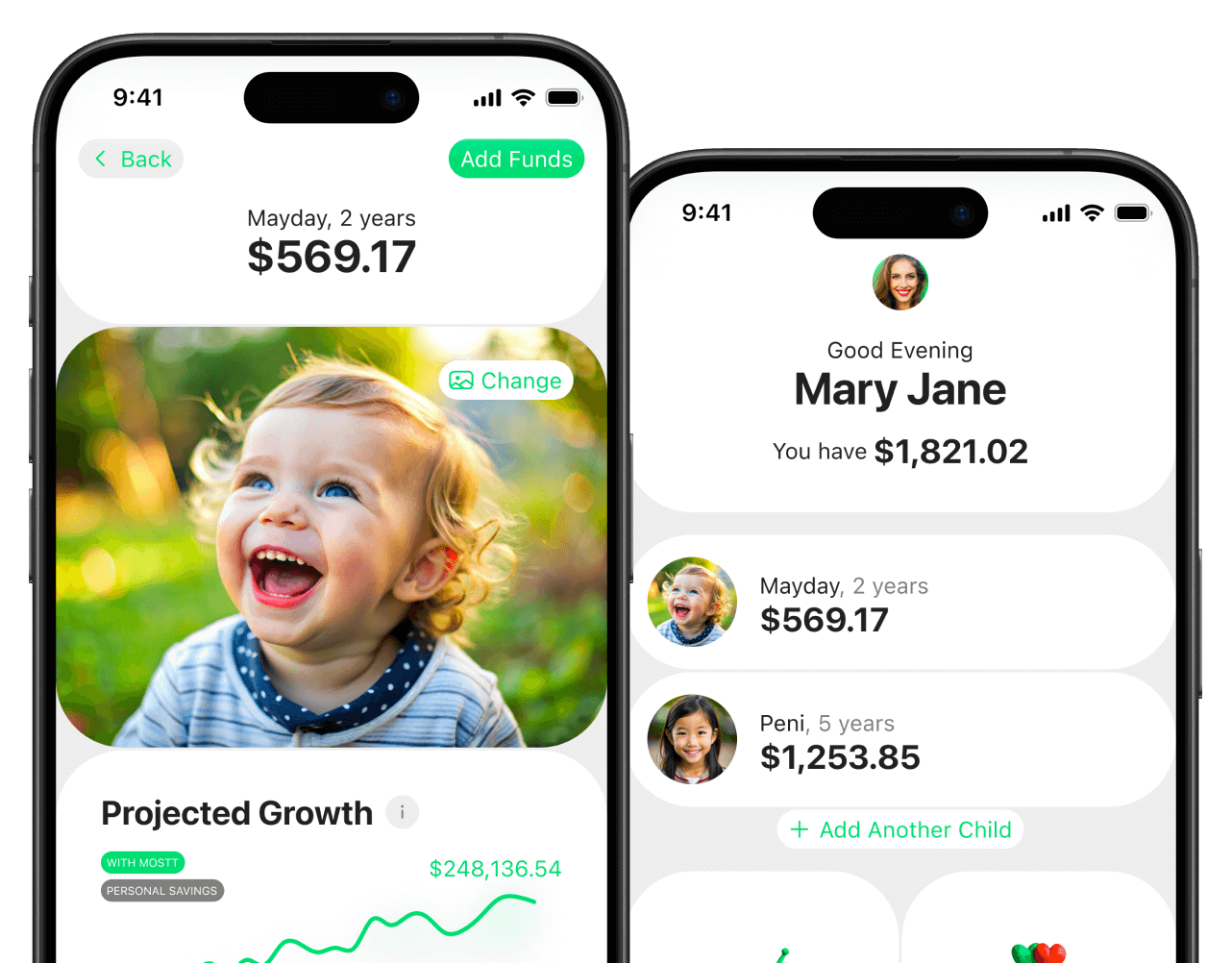Picture this: you’re sitting at the dinner table after the kids have gone to bed. You and your spouse are talking about the future—college tuition, family vacations, maybe even leaving a legacy for your children. You both know saving is important, but the tax bill feels like it’s always eating into what you’re trying to build.
What if there was a way to invest in your family’s future, grow your wealth long-term, and save significantly on taxes—all at the same time?
That’s where Opportunity Zones come in.
Created by the federal government in 2017, Opportunity Zones were designed to encourage investment in underserved communities. But here’s the win-win: while your money goes to projects that help communities grow, you also get powerful tax advantages that can transform how your family builds wealth.
Let’s break this down in plain English so you can see why Opportunity Zones might be worth considering.
The Problem Most Parents Face
If you’re raising kids, you already know: money stretches only so far. According to the U.S. Department of Agriculture, the average cost of raising a child to age 18 is more than $300,000. And that doesn’t even include college. Add in rising housing prices, health care, groceries, sports fees, and—yes—taxes, and sometimes it feels like you’re running on a treadmill that’s moving faster than your legs can handle.
It’s not that parents don’t want to invest. Many do. The problem is that much of what you earn goes straight to the IRS before you ever get the chance to grow it. If you’ve ever thought: “We’re doing everything right, but why does it feel like we can’t get ahead?” you’re not alone.
That’s exactly why Opportunity Zone investing matters. It’s not about working harder; it’s about working smarter with the money you already have.
What Exactly Are Opportunity Zones?
If the term sounds complicated, don’t worry. At its core, an Opportunity Zone is simply a special area of the country where the government wants to encourage growth and development. These zones exist in all 50 states—over 8,700 of them—and they were established as part of the 2017 Tax Cuts and Jobs Act.
Here’s how it works:
-
When you sell something valuable—like stocks, a piece of property, or even a business—you usually owe capital gains taxes.
-
Instead of paying those taxes right away, you can roll your profits into a Qualified Opportunity Fund (QOF), which then invests in businesses or real estate inside an Opportunity Zone.
-
By doing this, you get three big benefits:
-
You defer paying taxes on your original gain until 2026.
-
If you hold the investment for a certain number of years, you can reduce the amount of tax owed.
-
If you hold for at least 10 years, all new growth from your Opportunity Zone investment can be completely tax-free.
-
Think of it as a financial shortcut built into the tax code—one that most parents have never even heard of.
Why Parents Should Pay Attention
So why should busy moms and dads—already juggling school drop-offs, sports practices, and dinner prep—take time to understand Opportunity Zones? Because the payoff can be enormous.
Let’s break it down:
1. Deferring Taxes Means More Money for Your Family
Imagine you sell stock from your portfolio and make a $100,000 profit. Normally, you’d owe up to 20% in capital gains taxes, which means writing a $20,000 check to the IRS. That’s money gone—before you’ve even had the chance to reinvest it.
But if you place that $100,000 gain into a QOF, you don’t pay that $20,000 right away. Instead, you get to keep the full $100,000 invested, letting it work for you instead of Uncle Sam.
Think about what $20,000 could do for your family today: braces for the kids, summer camps, family vacations, or a bigger college fund. Deferring taxes doesn’t just save you money—it gives you breathing room.
2. Tax-Free Growth After 10 Years
This is the real kicker. If you keep your investment in the Opportunity Zone fund for at least 10 years, all the new gains are completely tax-free.
Let’s say your $100,000 grows to $300,000. That $200,000 increase? Normally taxable. In an Opportunity Zone? Tax-free.
For parents, that kind of long-term, tax-free growth is a game-changer. It could mean:
-
Covering college tuition without dipping into retirement.
-
Paying off your mortgage earlier than expected.
-
Retiring with less financial stress and more freedom.
It’s the kind of investment that doesn’t just help you today—it changes the trajectory of your family’s future.
3. Your Investments Can Create Real Impact
Here’s the part that speaks to parents’ hearts. Opportunity Zones aren’t just about making money—they’re about making a difference.
When you invest in these zones, your money often goes to projects like building affordable housing, supporting small businesses, or revitalizing neighborhoods.
That means your dollars are doing double duty: securing your family’s financial future while improving communities where other families live, work, and raise kids. For parents who want to teach their children the value of giving back, this is a powerful example.
How to Get Started (Without Getting Overwhelmed)
At this point, you might be thinking: “This sounds great, but how do I actually get started?” Don’t worry—you don’t have to figure it out alone.
Here’s a step-by-step roadmap:
-
Talk to a Financial Advisor
Taxes are complicated, and Opportunity Zone rules can feel like a maze. A financial advisor who understands these programs can help you decide whether this is the right move for your family. -
Identify a Qualified Opportunity Fund (QOF)
You can’t just buy property in an Opportunity Zone and call it a day. To qualify for the tax benefits, you have to go through a QOF. These funds pool money from investors and put it into eligible projects. Reputable sources like OpportunityDb list available funds and provide resources to compare them. -
Understand the Timeline
Timing matters. You only have 180 days from the date you realize a capital gain to reinvest it into a QOF. And to maximize benefits, you’ll need to hold your investment for at least 10 years. -
Evaluate Risks
No investment is without risk. Real estate markets can dip, projects can stall, and communities can take longer to develop. That’s why it’s important to view Opportunity Zones as part of a broader family strategy—not your only wealth-building move. Keep balancing with 529 plans, retirement accounts, and diversified portfolios.
The Story of Two Families
To see how this plays out, let’s look at two families who both sell stock for a $100,000 gain.
-
Family A: They sell the stock, pay $20,000 in capital gains taxes immediately, and reinvest the remaining $80,000 in a traditional investment account. Over 10 years, it grows to $200,000. They’re happy with the growth, but the starting point was lower because of that $20,000 tax hit upfront.
-
Family B: They sell the same stock, but instead of paying taxes right away, they invest the full $100,000 into a Qualified Opportunity Fund. Over 10 years, it grows to $250,000. Because of the tax-free benefits after a decade, they keep all of that growth.
Family B ends up with $50,000 more—just by choosing a smarter tax-advantaged strategy. That’s the difference between taking out student loans for their kids and paying tuition in cash.
Is It Right for Every Parent?
Now, let’s be clear. Opportunity Zones aren’t a fit for everyone. They’re best for families who:
-
Have significant capital gains from selling a home, business, or investments.
-
Want to reduce their immediate tax bill.
-
Are comfortable committing money for a decade or longer.
-
Care about both building wealth and making a positive community impact.
If you’re living paycheck to paycheck or need access to cash in the next few years, this probably isn’t the best option. But if you’re a parent with long-term vision and assets that create taxable gains, it’s worth exploring.
Final Thought
Raising kids isn’t cheap, and taxes can feel like a constant uphill battle. But Opportunity Zones give parents a unique chance to grow wealth while lowering the tax burden—and to do it in a way that leaves a positive impact on communities.
It’s not just about money. It’s about creating opportunities—for your kids, your family, and future generations.
So the next time you’re staring at that tax bill, ask yourself: Is there a smarter way?
For many parents, Opportunity Zones might be the answer.




